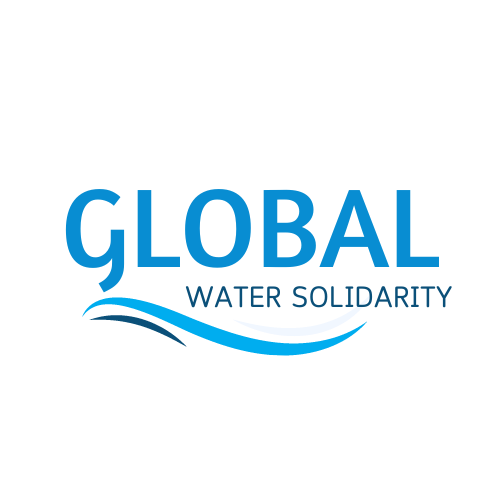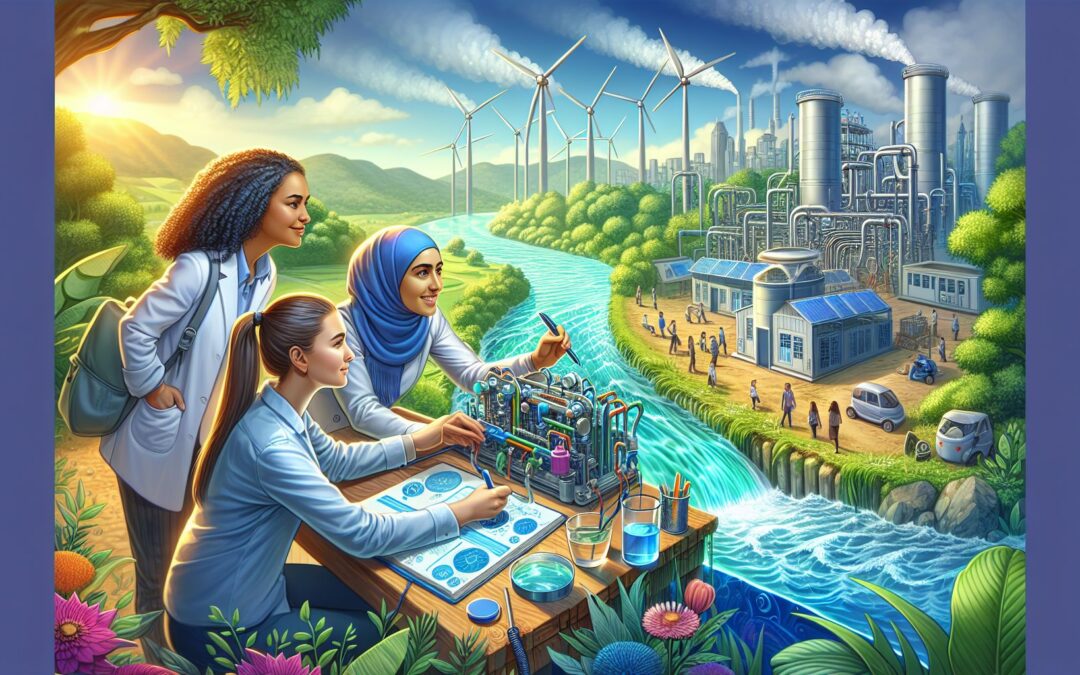In the pursuit of sustainable development, there is no element that holds more weight than water. Clean, accessible water is synonymous with progress, prosperity, and health. Nevertheless, paradoxically, it is those who need it the most on whom the brunt of water scarcity falls. Women, particularly those in developing nations, bear the harsh realities of water scarcity daily. Therefore, in a bid to solve the world’s water problems and ensure sustainable development, there is an urgent need to address the gender-water interface. This article explores the intricate relationship between water and gender, highlighting how empowering women can be a potent tool in achieving a sustainable water future.
The Essential Link Between Water And Gender
In many societies around the globe, women are traditionally responsible for gathering and managing household water. This task frequently requires substantial time and effort, often involving long treks to distant water sources. However, it’s important to note that this responsibility goes beyond mere domestic labor.
The fundamental role women play in managing water resources makes them central actors in maintaining community health, environmental stability, agricultural productivity, and overall economic activity. It’s clear, then, that water is a feminist issue. The implications of inadequate access to water and sanitation services disproportionately affect women and girls, often limiting their educational and economic opportunities¹.
The Impacts Of Water Insecurity On Women
The impacts of water insecurity and scarcity on women are manifold, encompassing health, social, and economic dimensions. Women and girls who have to walk long distances to fetch water are more likely to experience violence or accidents along the way. The time-consuming nature of this task can also impede educational attainment and income-earning opportunities, thereby perpetuating a cycle of poverty.
Health-wise, the quality of water that women have access to can have significant effects. Contaminated water can lead to waterborne diseases affecting not just women but entire families. Furthermore, the lack of proper sanitation facilities imposes a heavy burden on women’s and girls’ health and dignity, especially during menstruation.
Empowering Women As Water Stewards
Addressing the gender-water nexus implies acknowledging and enhancing women’s roles as water stewards. This means not only equipping them with the skills, resources, and authority to manage water resources effectively but also integrating their unique perspectives into water policies and frameworks.
Empowering women in water governance can yield sustainable results. For instance, studies have shown that water projects are more successful when women participate in decision-making processes ². They are likely to bring forth unique insights into water management, thus improving the water efficiency in the household, community, and agricultural sectors.
Besides, women’s empowerment in the water sector can foster social change by challenging gender norms and eradicating inequality. As women take up roles in water management, they acquire an enhanced socio-economic status, which in turn can lead to increased gender equality and the dismantling of harmful societal norms.
Improving Water Access As A Path To Gender Equality
Our societies must now recognize the important role that water plays in women’s lives and use this resource as a tool to promote gender equality. By providing women with equal access to clean, safe water, we can free them from the time-consuming burden of fetching water, thereby affording them more opportunities for education, economic advancement, and social participation.
Efforts to improve access to water and sanitation should prioritize the needs of women and girls. This includes the construction of gender-sensitive facilities that cater to women’s unique needs, particularly in relation to menstrual hygiene management.
Moreover, integrating women into water resource management at all levels ensures that projects meet the specific needs of all community members and improves the sustainability of such initiatives.
Conclusion
Water and gender are two inseparable facets of sustainable development. The gender disparities that prevail in the water sector hinder our ability to achieve global goals of gender equality and sustainable water management. Therefore, incorporating a gender lens into our water stewardship strategies is imperative. By empowering women as active participants in water management, we can also unlock avenues for social change and move towards a more equitable and sustainable world.

